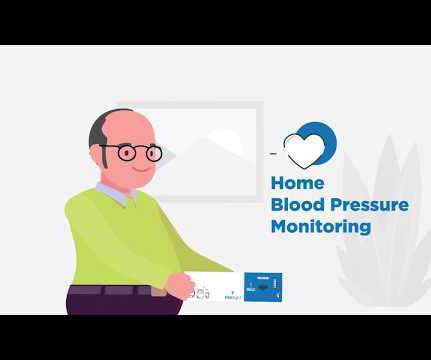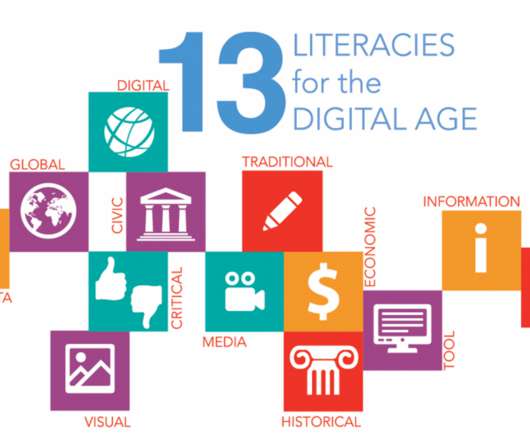How Virtual Care Will Play Out in 2022 – a Look Post-CES and JPM
Health Populi
JANUARY 24, 2022
Their research shows growing demand for connected solutions for air quality, telehealth, independent living solutions, and other health-adjacent services: Consumer usage of telehealth services increased from 15 percent in Q2 2019 to 64 percent in 2021. 55 percent of U.S. Nearly one-half of U.S.
















Let's personalize your content